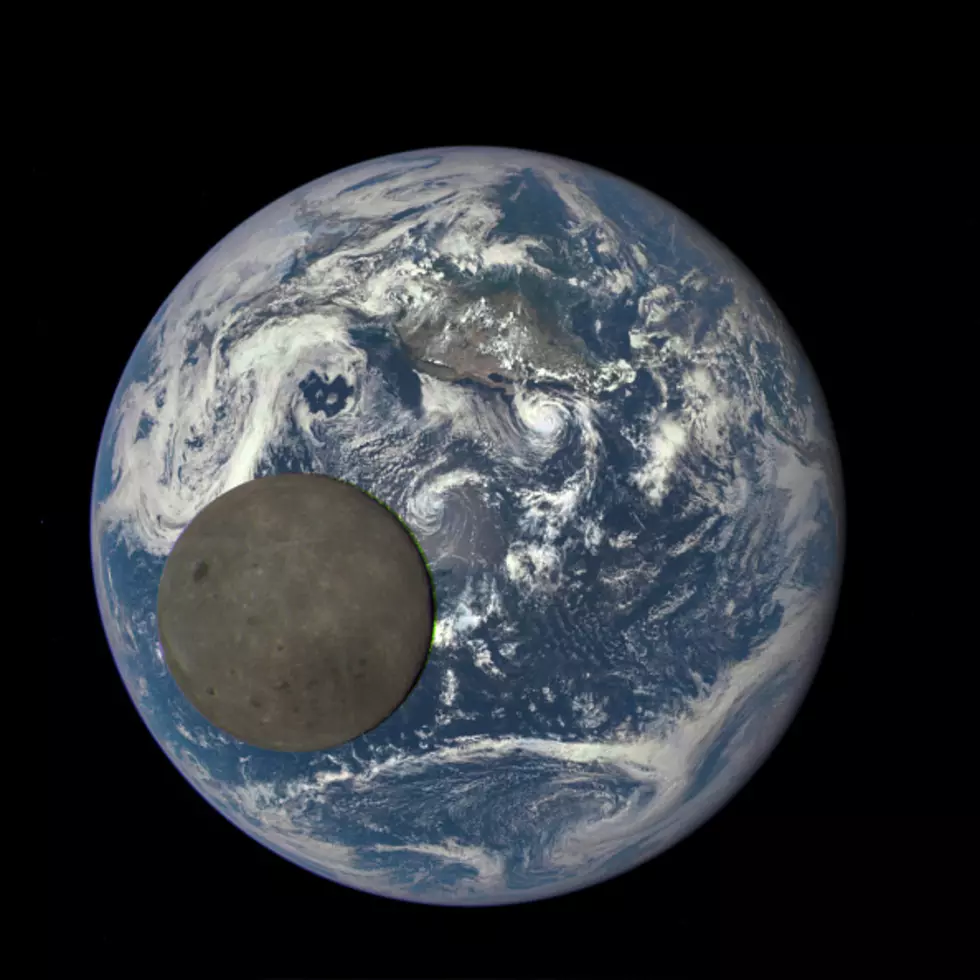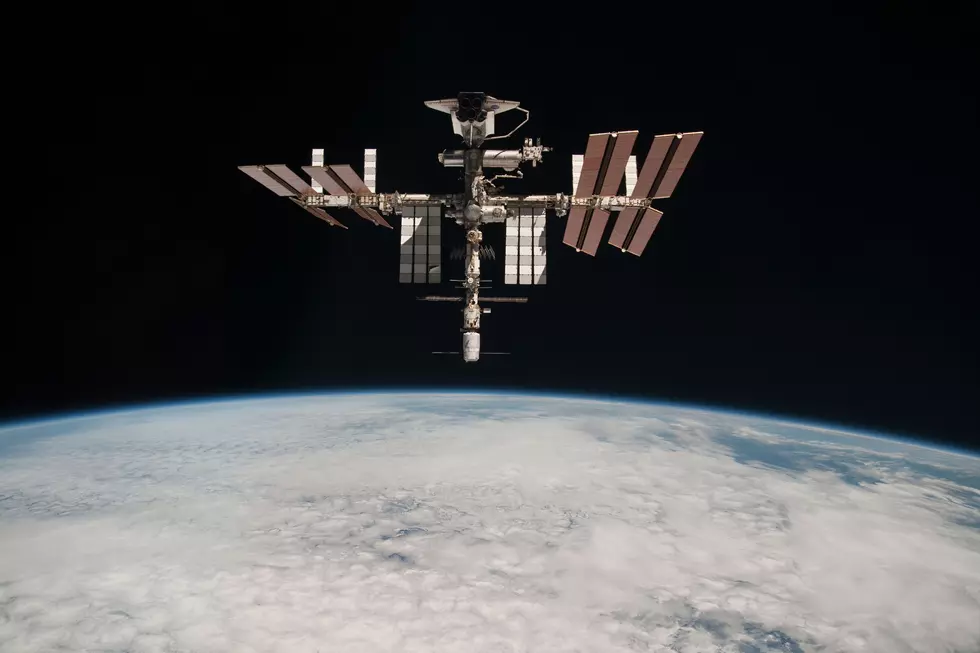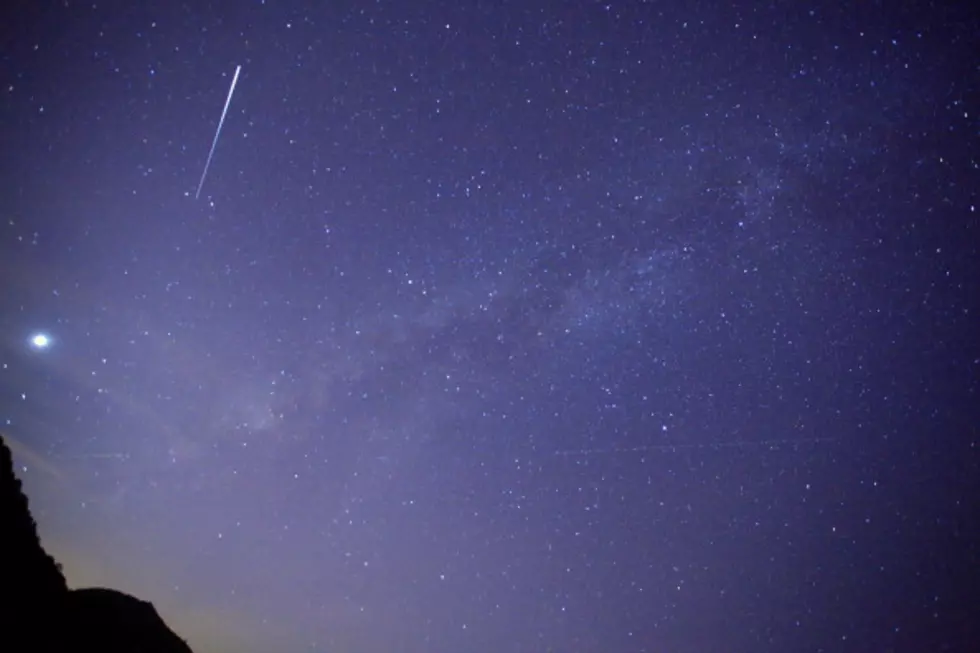
NASA Reports Moon Shift in 2030, Predicts Major Surge in Coastal Flooding
Starting in the 2030s, NASA reports the moon will begin its "wobble" or shift in orbit. Although this a naturally occurring phenomenon, their recent study projects "every U.S. coast will experience rapidly increasing high-tide floods" as a result.
In the study, NASA reports the shift in the moon's orbit is all part of a cycle that occurs every 18.6 years. This cycle was first documented back in 1728.
OK, so what's the big deal? Clearly, this wobble in the moon's orbit is something we've been dealing with for almost 300 years and we're all still here right?
The short answer is "yes", but according to NASA, this time the effects could be quite a bit more serious due to a few factors.
First of all, here's how the moon's 18.6-year orbit shift goes down according to NASA -
In half of the Moon’s 18.6-year cycle, Earth’s regular daily tides are suppressed: High tides are lower than normal, and low tides are higher than normal.
In the other half of the cycle, tides are amplified: High tides get higher, and low tides get lower. Global sea-level rise pushes high tides in only one direction – higher. So half of the 18.6-year lunar cycle counteracts the effect of sea-level rise on high tides, and the other half increases the effect.
So the first half of the 18.6-year cycle decreases high tides and the second half of the cycle increases high tides.
According to NASA's new report, the moon's "gravitation pull, rising sea levels, and climate change" all teaming up with the increase of high tides caused by the wobble in the moon's orbit could have major flooding impacts on coastal cities around the world.
Obviously, this includes Louisiana...in a big way.
NASA Administrator Bill Nelson warns that "low-lying areas near sea level are increasingly at risk and suffering due to the increased flooding, and it will only get worse."
Phil Thompson, an assistant professor at the University of Hawaii who is part of NASA's study says that they're not predicting giant surges of water causing instant devastation to coastal communities as we see with hurricanes. Instead, Thompson predicts it will be a slower, accumulated issue.
Thompson reports -
It’s the accumulated effect over time that will have an impact. But if it floods 10 or 15 times a month, a business can’t keep operating with its parking lot under water. People lose their jobs because they can’t get to work. Seeping cesspools become a public health issue.
NASA warns that over the next 18.6 years if sea levels continue to rise as predicted that when we get into the 2030s, we will start seeing the widespread coastal flooding they're concerned about.
Sea Level Portal Tool
Something that may prove to be very useful in the coming years for Acadiana is NASA's "Sea Level Portal Tool". The "Sea Level Portal Tool" is something actually in use now that predicts high tide floods. NASA says the flood tool will be updated in the near future with the findings from this study.
You can read NASA's full report over at nasa.gov.
LOOK: The most expensive weather and climate disasters in recent decades
More From 99.9 KTDY









